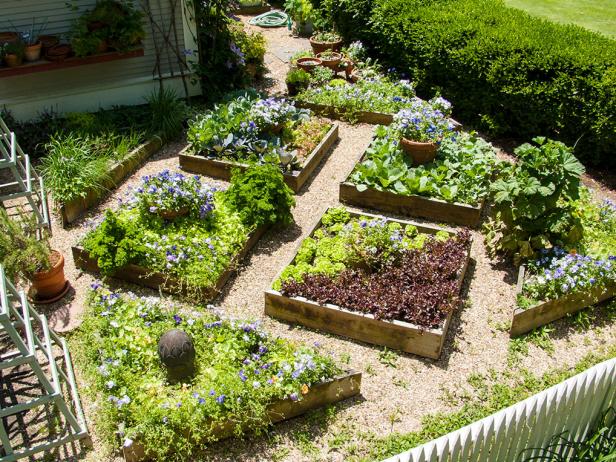What kind of a plant is painful?
A faceplant..
Ok that’s enough jokes… But it does link in with today’s topic so I couldn’t resist.
Our bodies and our aches, pains, injuries and overall wellbeing can be a bit like a garden. You put good stuff in, you get good stuff out. You plant nothing, then you get nothing out.
Sometimes, a plant in a garden might not be doing too well due to poor sunlight, dry and windy weather conditions etc but with the right attention and care, a bit of pruning, some fertiliser and maybe a change in environment for a short period of time that plant can recover and return to full health with the right guidance and support.


Just like when you have an injury, if you don’t provide an optimal environment for that injury to heal, including physically, mentally and emotionally, then your overall recovery process will be impaired.
The onset of non-traumatic pain or a flare up of an old injury, should be used as an opportunity to consider what other factors are affecting your overall health including thoughts, beliefs, environment, nutrition, support network, stress levels, sleep, coping mechanism etc. Managing these other contributing factors are important, and not just focusing on the physical pain.
If you go to a GP and they order imaging of the lumbar spine for example, that image is just a snapshot in time and doesn’t correlate with the level of pain experienced. 10 years later we cannot rely on that old MRI because the body is changing and adapting to its environment just like a garden. In fact, just like most injuries intervertebral disc injuries can completely resolve within 3 months. If that pain is persisting perhaps, it is less to do with physical tissue damage and more to do with other psychological and social influences?
If you treat your garden well, you will get positive changes, if you neglect your garden you will not get good growth and will not be rewarded with a healthy harvest of fruits and vegetables.
Just like your body…


Take 2 seeds and plant one in a pot with good soil, sunlight and regular watering and another one in the poor-quality soil and low sunlight and minimal water. What do you think will happen?
Flip this around to your body. Throw a handful of processed fatty foods and poor diet, alcohol, and pharmaceuticals into the body with a pinch on stress, depression and anxiety and a sprinkle of sedentary behaviour. We have a recipe for increase in systemic inflammation, heightened neuronal sensitivity, changes to our DNA, decreased sleep, impaired cognitive function and an unhealthy environment for our body to heal and recover. By this point any minor strain or sprain might be just icing on the cake that can lead to catastrophic pain.
In a garden, developing a healthy ecosystem with bees, birds, worms etc so the soil is healthy and garden flourishes. This is like creating a good social network with positive relationships and having a positive stress-free working environment, safety, social connectedness, a sense of belonging and healthy habits are all important factors for good mental health and brain function.

When considering injury and pain rehabilitation, it is much more than doing the physical work or providing a physical treatment. Just like 2 people can have the same pathology but have 2 completely different experiences. Why might some treatment work for one, but but there be no response from another? What is different about their environment, previous experiences, beliefs, support network, level of physical activity etc.
When we consider the importance of exercise, is it the actual exercise that improves the pain? Or is it more about the positive lifestyle changes that may come with physical activity?
People who exercise tend to also have other healthy habits such as improved sleep hygiene, reduced stress, improved diet, improved resilience and coping mechanism etc.

Exercise is not just about the physical benefits. Exercise has protective effects against neurodegenerative disorders such as Alzheimer’s and Dementia, exercise also promotes increases in dopamine, and it also promotes neurogenesis which is the growth of new neurons in the brain (so yes it can actually make you smarter and improve your memory!). Often the benefits of exercise are promoted about the physical benefits, however the benefits on the brain are just as important, we know that pain doesn’t occur in the tissues, it is a construct that occurs in the …. Well I’m sure you can answer that one yourself.
So, pain is much less about focusing on a specific tissue, but addressing the whole person, just like a healthy garden.
If a patient is relying on a passive treatment exchange, hence showing up to the appointment, receiving a passive treatment, but making no change to lifestyle, environmental, and social factors… That might be like, watering your garden every now and then, and not improving the soil quality, but still hoping to get high quality tomato’s without putting in the effort.
You put nothing in, you get nothing out.
Now we know that pain is not as simple as gardening. But the point here is zoom out and look at the whole person and not just what is happing in the tissues.





